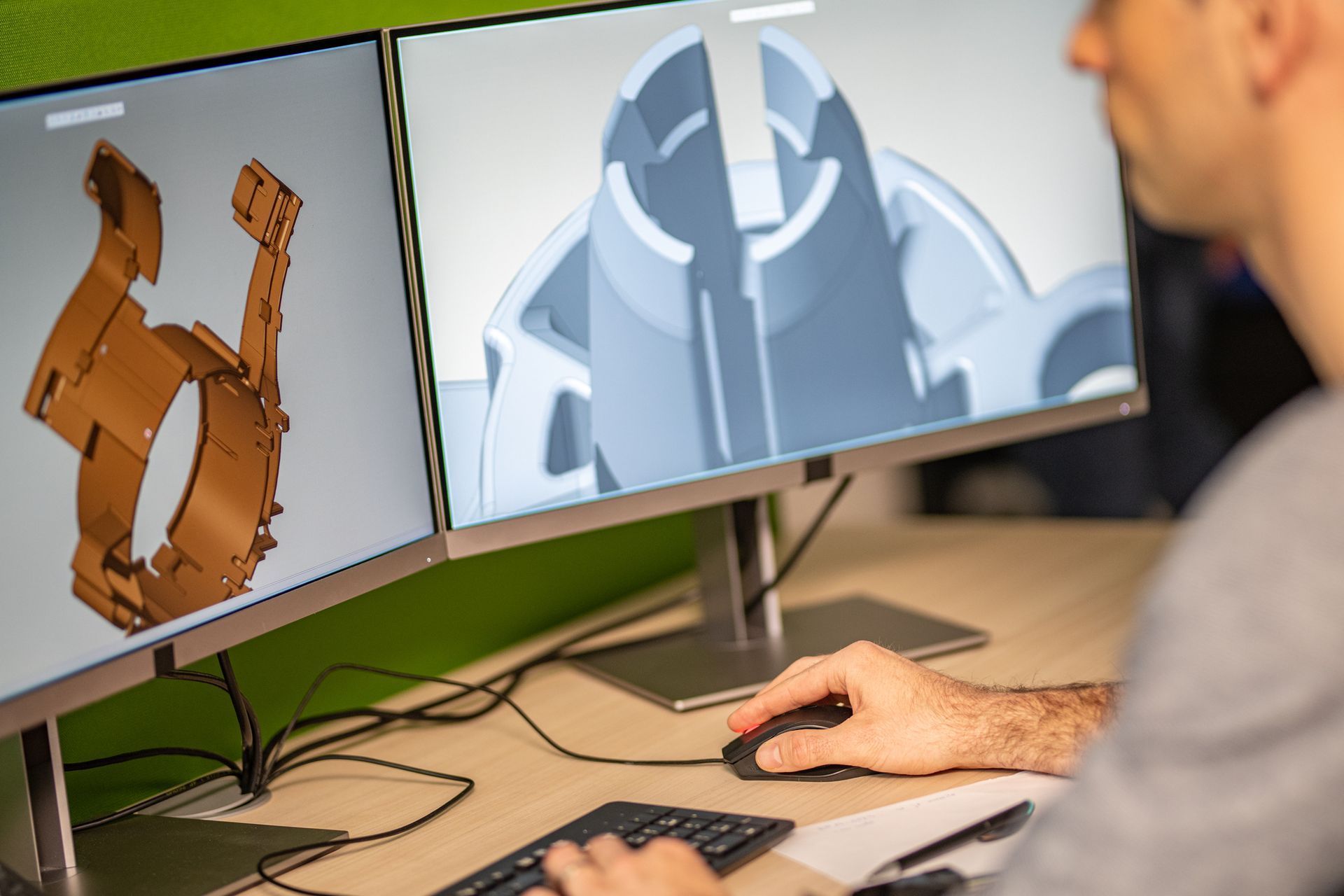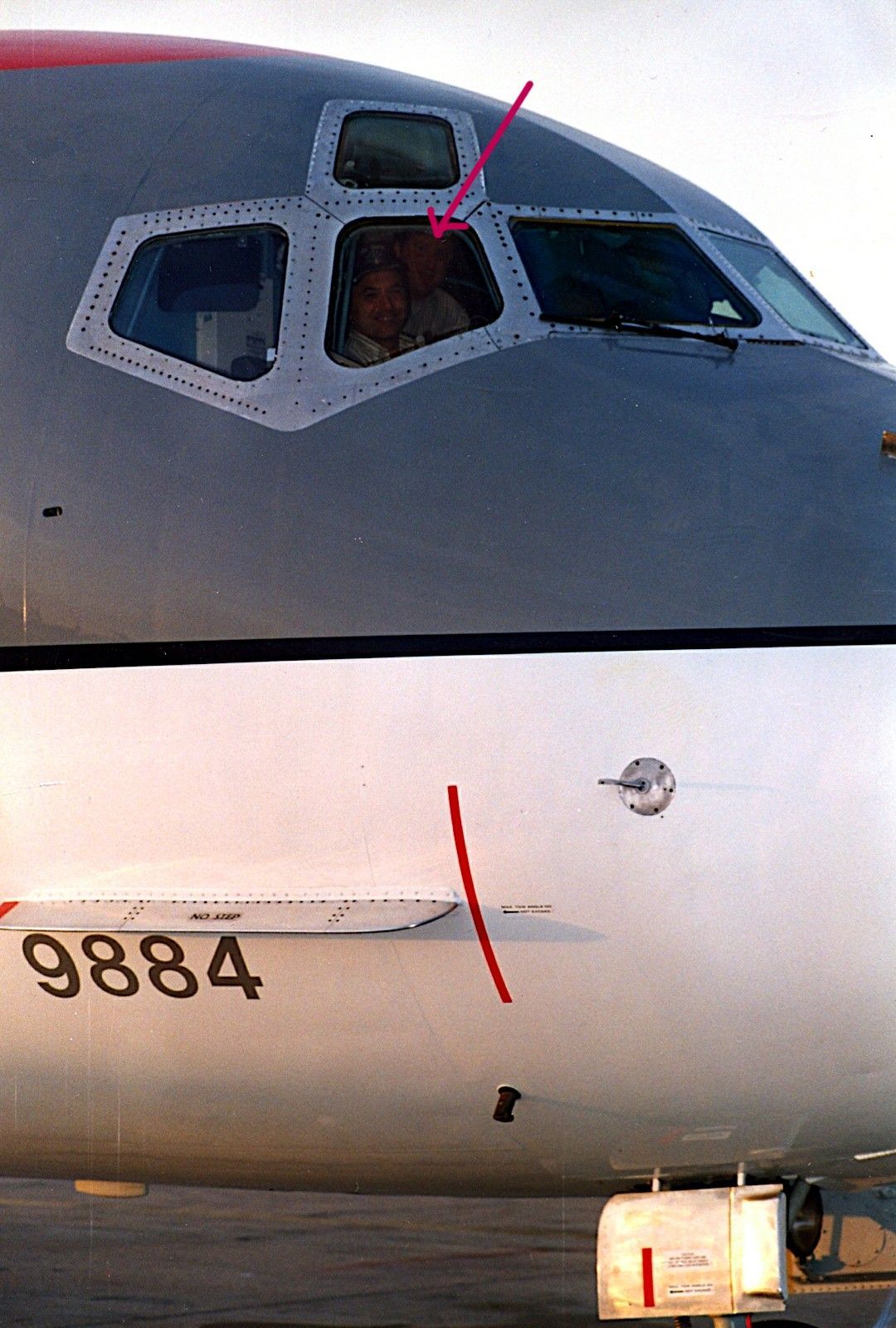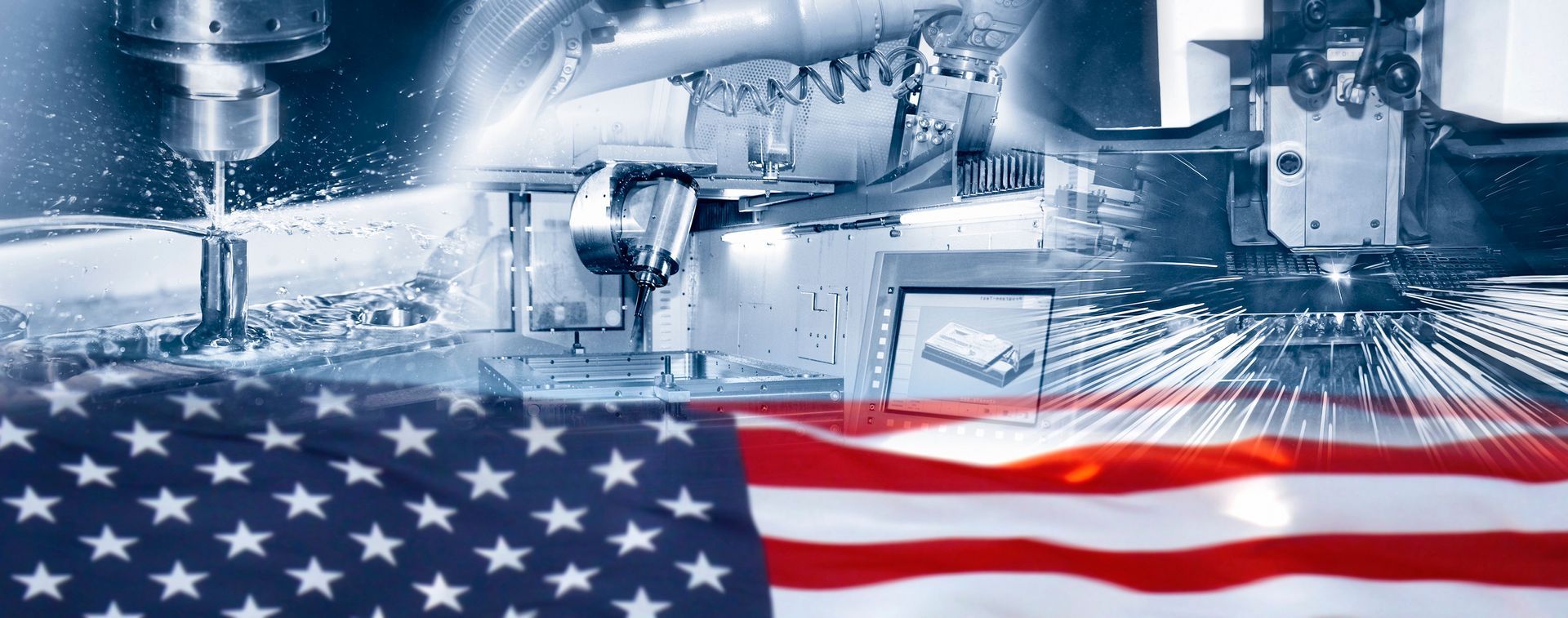Contact info
2030 Will Ross Court, Chamblee, GA 30341
404-334-7064
quotes@zyci.com
Designing for Machining Can Result in Significant Cost Savings
Design for machining is a crucial aspect of engineering and manufacturing processes. It is the process of designing products with consideration of the manufacturing processes that will be used to create them. This ensures that the product is easily and efficiently produced with minimum waste, cost and time, while still meeting the desired quality standards. In this article, we will discuss the key principles of design for machining.
- Material Selection: Material selection is the first and foremost step in the design for machining process. The chosen material should be machinable and have properties that meet the required specifications of the product. It is important to consider the physical and chemical properties of the material, such as its strength, ductility, hardness, and machinability, when selecting a material for machining.
- Feature Size and Geometry: The size and geometry of the features of the product are crucial in determining the ease of machining. The dimensions and tolerances should be specified with respect to the manufacturing process to be used. Parts with complex geometries, tight tolerances, and small features may require special machining processes, which can be expensive and time-consuming.
- Design for Manufacturability: Design for Manufacturability (DFM) is a critical aspect of design for machining. The design should take into account the limitations of the manufacturing process, such as tool access, machining forces, and material properties, to optimize the production process. This ensures that the product can be manufactured quickly and cost-effectively without sacrificing quality.
- Avoid Sharp Edges and Corners: Sharp edges and corners are difficult to machine and can result in tool wear and damage, leading to increased manufacturing costs. It is advisable to design products with rounded corners and smooth edges to avoid these issues.
- Minimize the Number of Setups: The number of setups required during machining should be minimized to reduce manufacturing time and cost. It is important to design parts that can be machined in a single setup wherever possible. This requires careful planning of the part geometry and tool access.
- Design for Standard Tooling: Designing for standard tooling is important in reducing manufacturing costs. Standard tooling is readily available, and its use can significantly reduce setup time and costs. It is, therefore, important to design products that can be machined using standard tooling wherever possible.
- Use Appropriate Surface Finishes: Surface finishes can affect the performance of a product. The surface finish can impact the functionality of the product and the manufacturing process. It is important to consider the required surface finish and specify it in the design.
In conclusion, design for machining is an important aspect of engineering and manufacturing. The design process should consider the limitations of the manufacturing process and optimize the product for production. This ensures that the product can be manufactured quickly, cost-effectively, and with high quality. Following the principles outlined in this article can help you design products that are optimized for machining.



